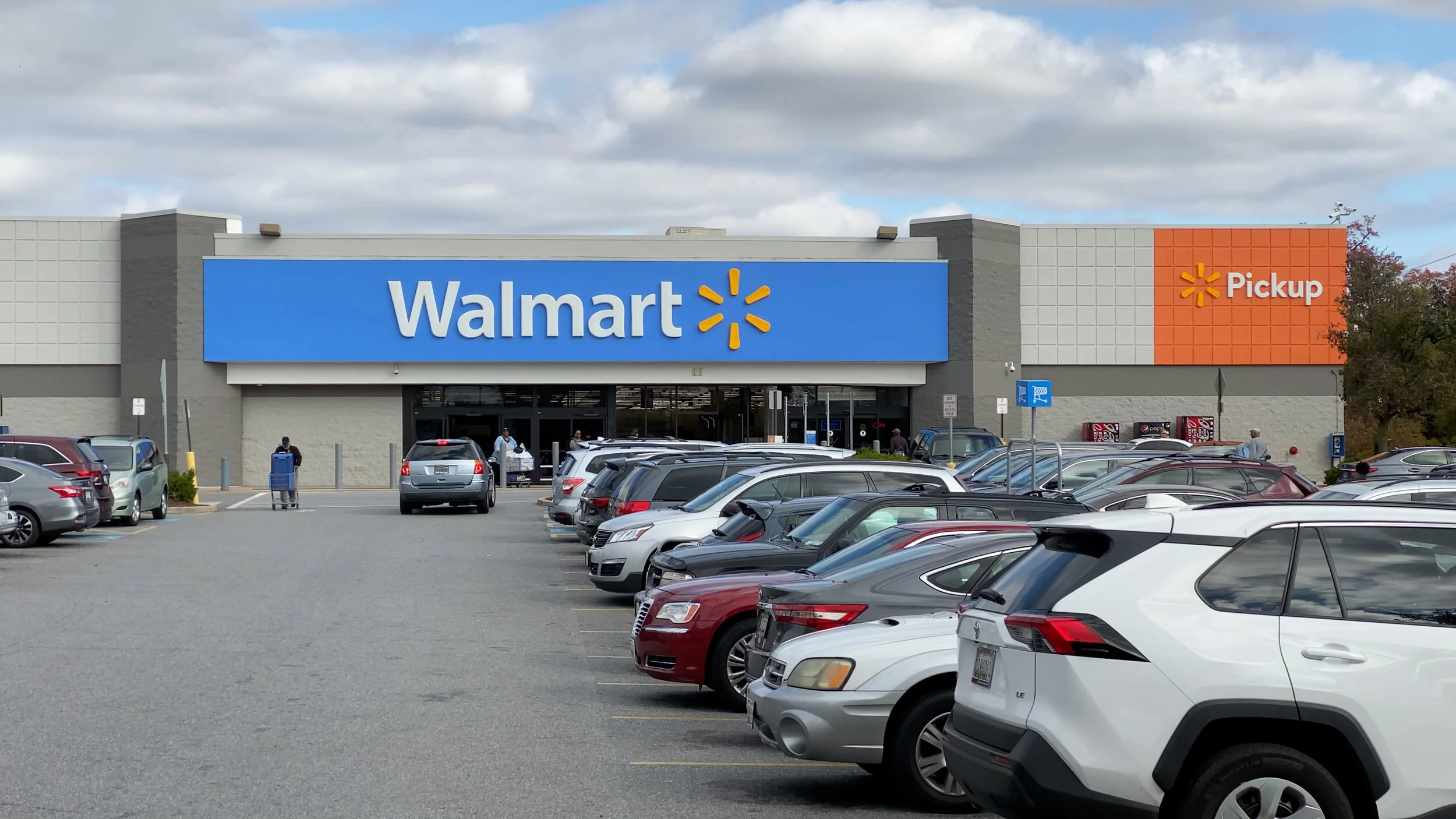1. 65% represents the average amount of the
scope 1 emissions in MTCO
2e that are attributable to HFCs. 65% is the average of 4 major U.S. food retailers that report to the CDP. 2018 Data.
2. See Brookings, Windfall Profits and deadly risks: How the biggest retail companies are compensating essential workers during the COVID-19 pandemic:
https://www.brookings.edu/essay/windfall-profits-and-deadly-risks/
3. See UN Environment, About Montreal Protocol:
https://www.unep.org/ozonaction/index.php/who-we-are/about-montreal-protocol
4. Montzka, S. A. et al. Hydrofluorocarbons (HFCs) in Scientific Assessment of Ozone Depletion: 2018. Global Ozone Research and Monitoring Project—Report No. 58 (World Meteorological Organization, Geneva, Switzerland, 2019).
5. See EPA, factsheet:
https://www.epa.gov/sites/production/files/documents/factsheet_velders_hfc.pdf
6. See map on
climate-friendlysupermarkets.org; See FMI facts:
https://www.fmi.org/our-research/supermarket-facts
7. See p. 6, EPA GreenChill Best Practices Guidline: Commercial Refrigeration Leak Prevention & Repair:
https://www.epa.gov/sites/production/files/documents/leakpreventionrepairguidelines.pdf
8. Ibid.
9. See EPA GreenChill Profile of an Average U.S. Supermarket’s Greenhouse Gas Impacts from refrigeration leaks,
https://www.epa.gov/sites/production/files/documents/gc_averagestoreprofile_final_june_2011_revised_1.pdf
10. Numbers reflect the profile of an average U.S. supermarket as reported by EPA GreenChill:
https://www.epa.gov/sites/production/files/documents/gc_averagestoreprofile_final_june_2011_revised_1.pdf. EIA calculated equivalencies using EPA’s greenhouse gas calculator:
https://www.epa.gov/energy/greenhouse-gas-equivalencies-calculator
11. See Accelerate, Food Retailer Best Practices, p.12:
https://accelerate24.news/magazines/food-retail-best-practices/
12. Ibid.
13. See Bacharach Video, PGM-IR Detecting Grocery Store Leaks – Sales floor:
https://youtu.be/YqxO4beUfZg, time stamp: 1:20
14. See Bacharach, Operation and Maintenance:
https://www.mybacharach.com/wp-content/uploads/pdf/PGM/3015-5466.pdf
15. Ibid, p. 8
16. See Inficon, Operating Manual:
https://products.inficon.com/getattachment.axd/?attaName=3176db7a-857e-460e-acbd-3f12e2d28dce
17. Ibid, p. 6
18. See FLIR GF304:
https://www.flir.com/products/gf304/
19. See Bacharach Video, PGM-IR Detecting Grocery Store Leaks – Sales floor:
https://youtu.be/YqxO4beUfZg
20. See p. 6, EPA GreenChill’s Guide to Refrigeration Management for Small and Independent Grocers:
https://www.epa.gov/sites/production/files/2017-03/documents/greenchill_guide_refrigeration_management_jan2017_final.pdf; See p. 6, Hillphoenix Product Manual:
https://www.hillphoenix.com/wp-content/uploads/2019/05/6DMLH-NRG-display-case-tech-reference-sheet-9.0.pdf
21. See EPA, GreenChill Best Practice Guidelines for Commercial Refrigeration Leak Prevention & Repairs (2011), at:
https://www.epa.gov/sites/production/files/documents/leakpreventionrepairguidelines.pdf
22. See National Retail Federation, Top 100 retailers 2020 list:
https://nrf.com/resources/top-retailers/top-100-retailers/top-100-retailers-2020-list
23. Ibid.
24. See Walmart Location Facts, as of January 19, 2021:
https://corporate.walmart.com/our-story/our-locations
25. Ibid; See National Retail Federation, Top 100 retailers 2020 list:
https://nrf.com/resources/top-retailers/top-100-retailers/top-100-retailers-2020-list
26. See Walmart Incs – Climate Change 2019, self-reported scope 1 HFC emissions file at the Carbon Disclosure Project:
https://www.cdp.net/en/data
27. See Section 2.4: The CGF Resolution on Refrigerants:
https://www.theconsumergoodsforum.com/wp-content/uploads/2017/10/sustainability-activation-toolkit.pdf
28. See Walmart 2020 Environmental, Social, and Governance Report:
https://cdn.corporate.walmart.com/90/0b/22715fd34947927eed86a72c788e/walmart-esg-report-2020.pdf
29. See Walmart September 21, 2020 statement:
https://corporate.walmart.com/newsroom/2020/09/21/walmart-sets-goal-to-become-a-regenerative-company; In the U.S. competitors like ALDI US are already transitioning significant part of their fleet to ultra-low GWP technologies. Meanwhile in the European Union major supermarket chain, Migros, has committed the vast majority of their stores to use ultra-low GWP solutions by 2030, according to Shecco reporting:
https://r744.com/articles/8550/migros_committed_to_natural_refrigerant_strategy
30. These 3 stores were using CO
2 as the primary refrigerant plus R448a which is not in the reference gas library of our device
31. See EPA GreenChill, Prioritizing Leak Tightness During Commercial Refrigeration Retrofit:
https://www.epa.gov/sites/production/files/documents/GChill_Retrofit.pdf; See p. 33, EPA, Office of Atmospheric Programs, Climate Protection Partnerships, 2014 Annual Report:
https://www.energystar.gov/index.cfm?fuseaction=home.downloadfile&file=F84267790DF5B5F22EB9D715BC7BEC4F2E6F21C078AD0D8DB716916D20CB04C3778CC40ABE8B9DBF508BE77DAD9A753D5EAA2CFC510D5530702AC176F23ACA67F51939211384A8256F097182F6234B80CC51C3BB639D51552DAB56D4A545B4EC53D43B64196F8F7FE093570A4C7476ED22773C44FA903C1B5E4F84E320CDD804D64177F879DB51749912AADAEDD84199&app_code=publications&env_name=other
32. See p. 2759, line 20,
https://docs.house.gov/billsthisweek/20201221/BILLS-116HR133SA-RCP-116-68.pdf
33. See EPA Proposed Rule, Protection of Stratospheric Ozone: Update to the Refrigerant Management Requirements under the Clean Air Act:
https://www.epa.gov/sites/production/files/2015-10/documents/608proposal.pdf
34. See EPA Revised Section 608 Refrigerant Management Regulations:
https://www.epa.gov/section608/revised-section-608-refrigerant-management-regulations
35. See EPA News Release, United States Settles With Southeastern Grocers to Reduce Ozone-Depleting Emissions at Grocery Stores in the Southeastern States:
https://www.epa.gov/newsreleases/united-states-settles-southeastern-grocers-reduce-ozone-depleting-emissions-grocery-1
36. See EPA Enforcement, Trader Joe’s Company Clean Air Act Settlement:
https://www.epa.gov/enforcement/trader-joes-company-clean-air-act-settlement
37. See EPA Enforcement, Costco Wholesale Clean Air Act Settlement:
https://www.epa.gov/enforcement/costco-wholesale-corporation-clean-air-act-settlement
38. See EPA Enforcement, Safeway, Inc. Clean Air Settlement:
https://www.epa.gov/enforcement/safeway-inc-clean-air-act-settlement






















 Figure 2: Overview of leak concentrations detected.
Figure 2: Overview of leak concentrations detected.



